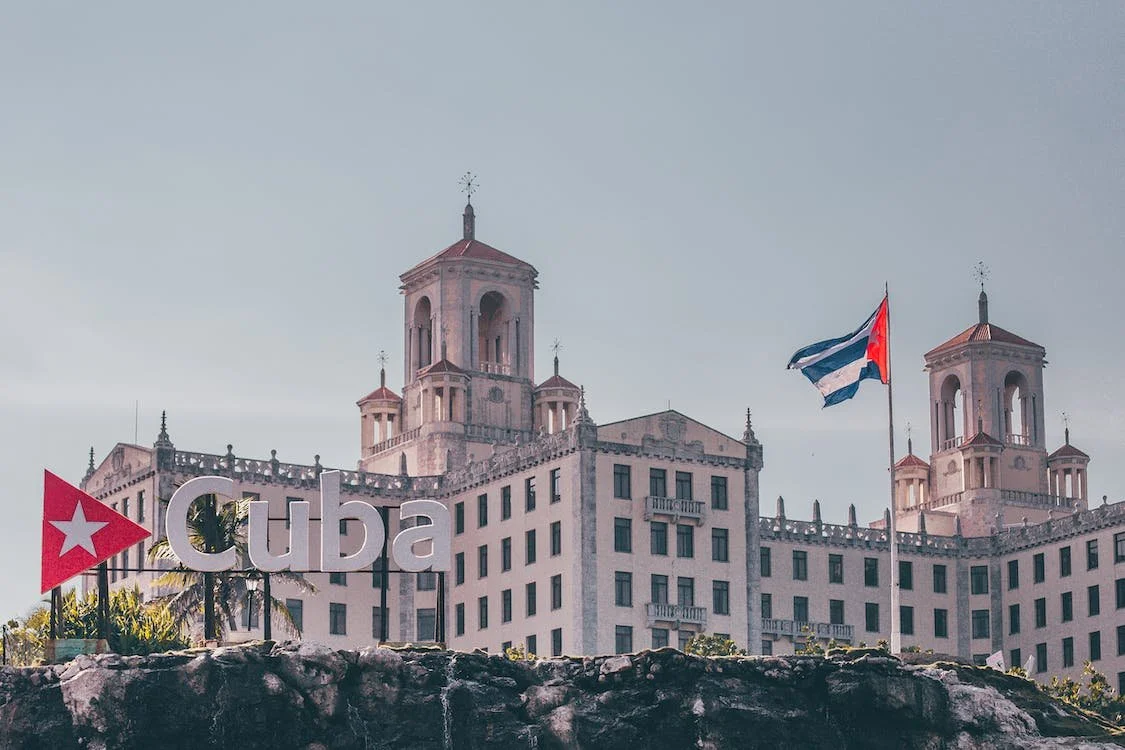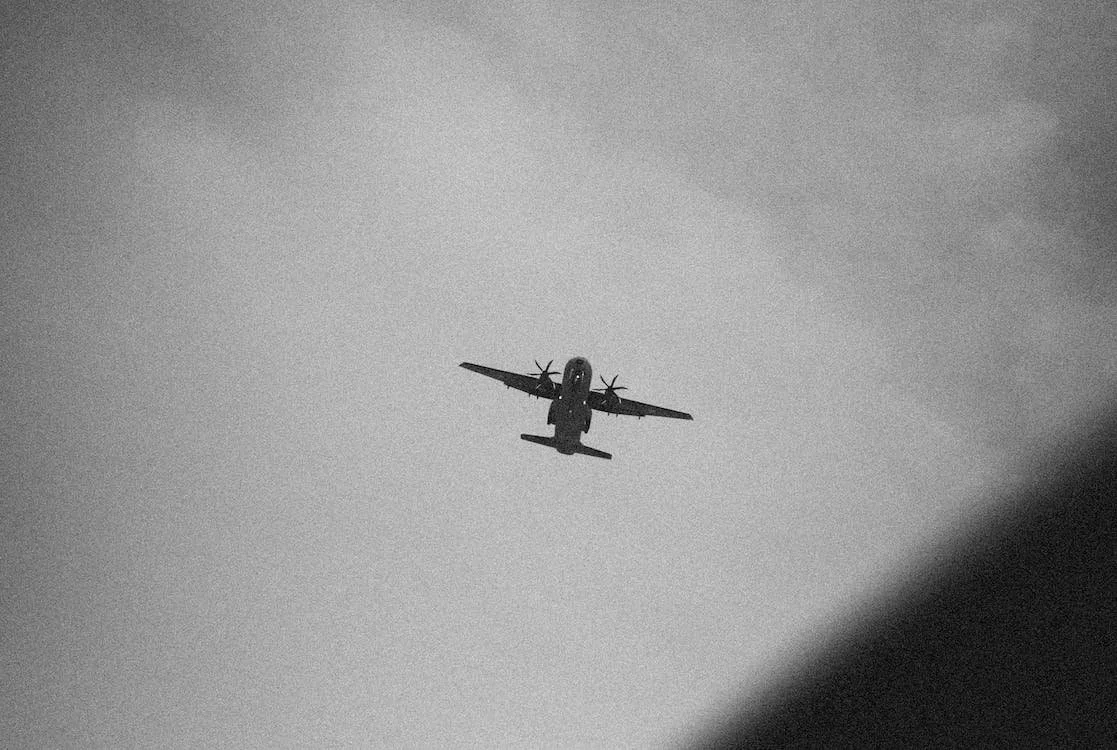Two Weeks in Havana
Cover image from Pexels by Yuting Gao
Jarrett Borkowski
Read Part I of this article series in Charger Press!
Date: October 14th, 1962
Location: Cuban Airspace
An American U-2 Spy Plane is conducting normal reconnaissance over Communist Cuba. Major Richard Heyser, the pilot of the aircraft, takes pictures of the Cuban countryside and sends these images back to CIA headquarters in Washington D.C. to be analyzed as per normal during this time of the Cold War. The next day, when the Central Intelligence Agency sees these pictures, they are filled with shock and horror. Throughout the island nation, Soviet ballistic missiles and launch sites are set up, scattered across fields like white mariposas. Alerts are instantly sent to US President John F. Kennedy. This marks the beginning of the single most dangerous two weeks in world history.
Upon being notified of the presence of Soviet missiles capable of reaching nearly anywhere in the lower 48 US states, President Kennedy assembled a group consisting of nine members of the National Security Council and five other advisors. This group became known as the Executive Committee of the National Security Council, better known as EXCOMM. Multiple options were discussed, with each varying in severity and having their own advantages and disadvantages.
One of the options laid out was to turn to military action and take out all missile sites with bombing runs and missile attacks. The attack would be followed up by a land invasion of Cuba. This direct act of war was at first supported by President Kennedy and was almost the plan EXCOMM went with. This attack would’ve killed Soviet personnel and almost certainly have resulted in a counterattack from Russia. This counterattack would’ve been targeted towards either Berlin or US missile sites in Turkey. Luckily, Secretary of Defense Robert McNamara was able to turn Kennedy against military action and instead suggested a naval “quarantine” of Cuba while a diplomatic solution was worked out between the US and Russia and her allies. The use of the word “quarantine” is key here as labeling the action as a “blockade” is a wartime act.
Over the next few days, the motions were put into place to set up the quarantine around Cuba. The next few days were met with turmoil. On October 22, JFK released a dramatic 18 minute video notifying the American public and calling out Cuba and Russia. He also sent a letter to Secretary Khrushchev saying, “The one thing that has most concerned me has been the possibility that your government would not correctly understand the will and determination of the United States in any given situation, since I have not assumed that you or any other sane man would, in this nuclear age, deliberately plunge the world into war which it is crystal clear no country could win and which could only result in catastrophic consequences to the whole world, including the aggressor.”
The next day, Khrushchev wrote back claiming the missiles were for defensive purposes only. Over the next few days, Fidel Castro requested a nuclear strike on the US, Soviet nuclear submarines that had moved into Cuban waters, and the world braced for nuclear armageddon. At this moment, somewhere in Cuban waters, an order was given to launch a nuclear missile towards the US.
Stay tuned for Part 3!






